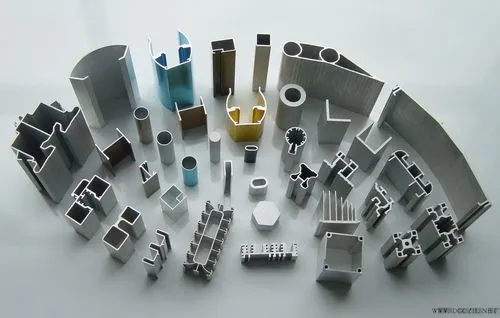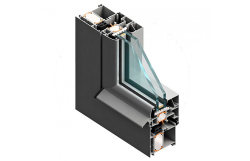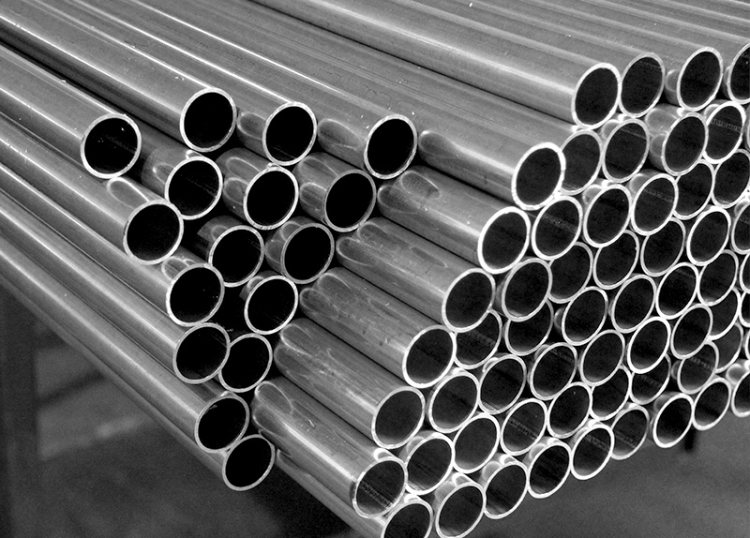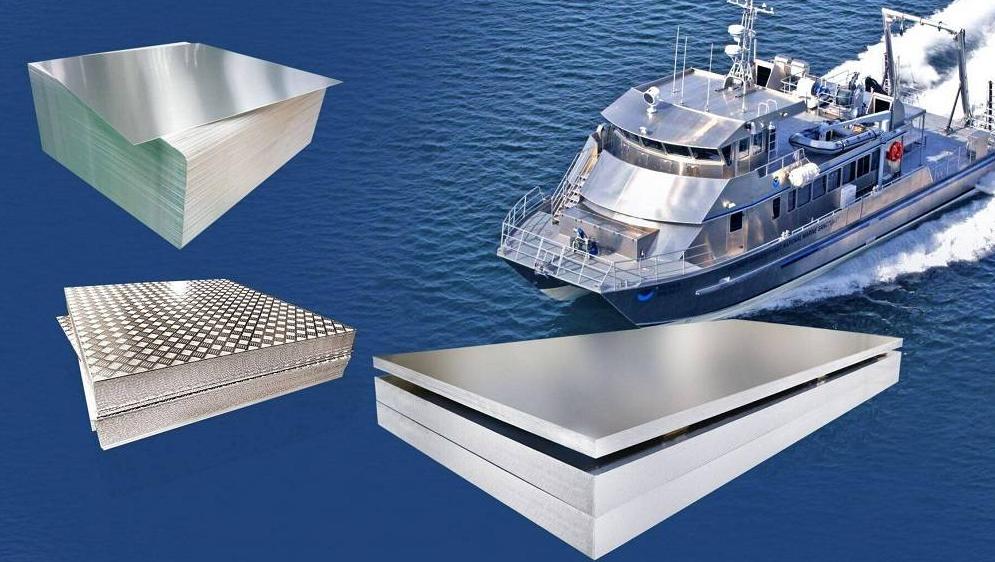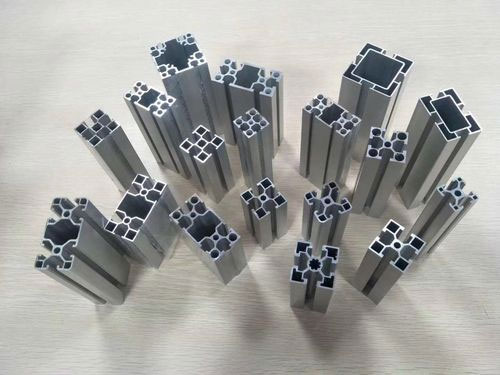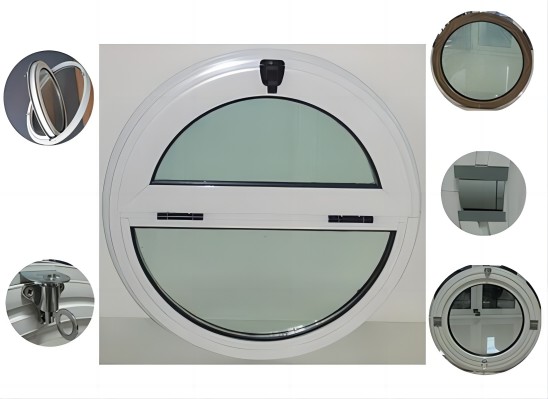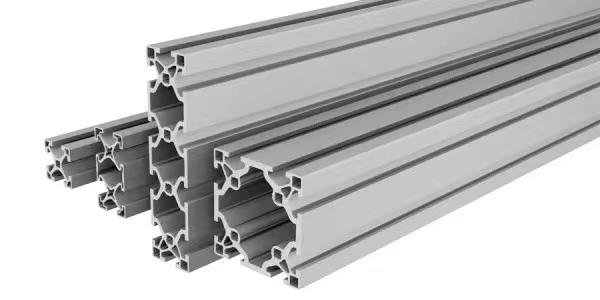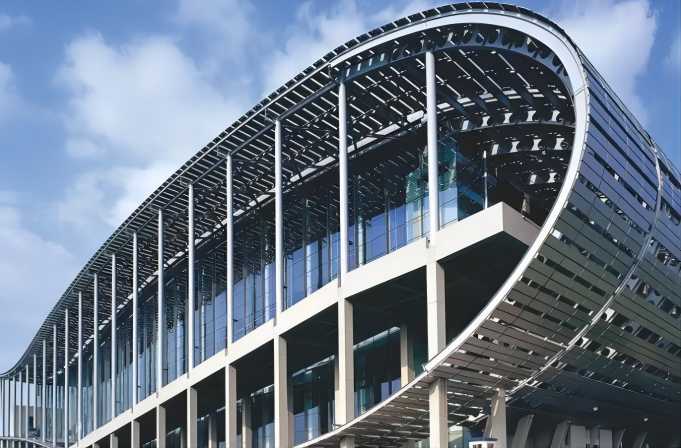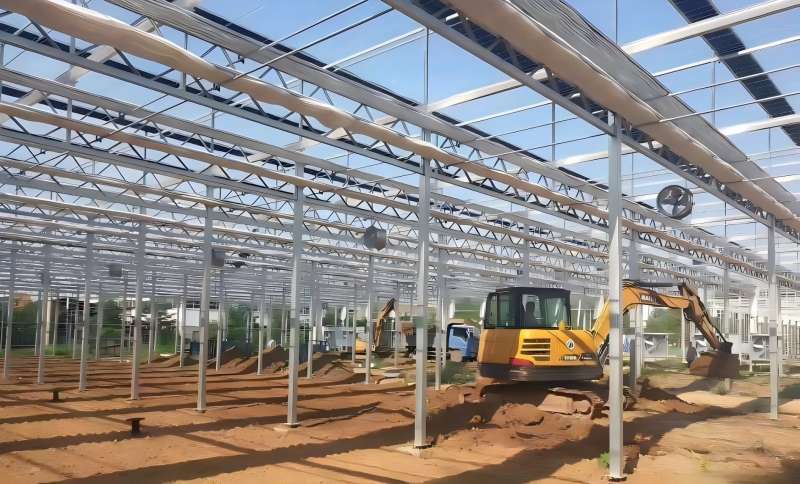Many people cannot distinguish the process and application of extruded aluminum profiles and die casting aluminum profiles. This article will introduce the difference between these two processing methods through their respective advantages and characteristics.
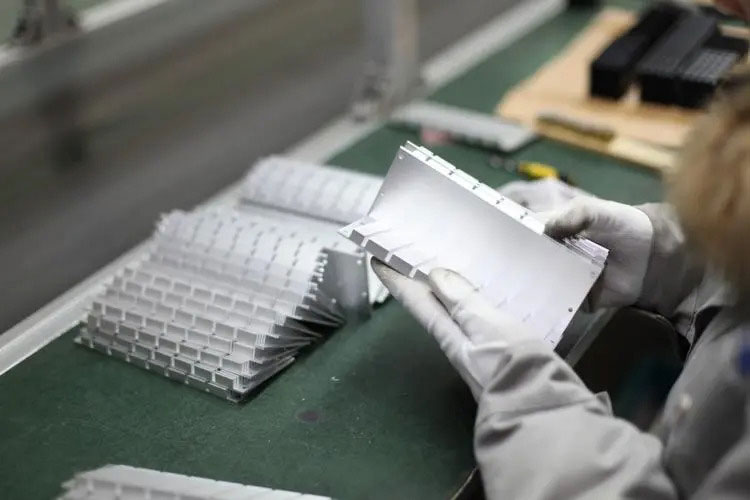
Extruded aluminum profiles are manufactured by an extruder by heating round aluminium rods to their critical point and then extruding them.
Die casting aluminum is made from aluminium ingots and alloy materials, which are melted in a furnace and then shaped in a die-casting machine. The shape of die-casting aluminum products can be designed to be the same shape as toys, with different shapes, which are convenient for connection in all directions.
In addition, aluminium dies castings have high hardness and strength and can be mixed with zinc to form zinc-aluminum alloys.
Advantages of Extruded Aluminum Profiles
- Save time
because aluminum alloys can be extruded into any complex part. Therefore, as long as the design is reasonable, extruded aluminium alloy profiles can also be easily assembled, thereby reducing the need for machining. Some shapes can only be obtained by extrusion and cannot be obtained by other processes.
- Low cost of aluminum extrusion dies
Compared to other competing materials such as rolling, casting, and forging, aluminum extrusion dies are low cost.
- High structural efficiency
Aluminum extrusion profiles allow for maximum structural efficiency. Name profiles can be used where strength is required, and aluminium profiles can be removed where they are not.
- Lightweight
Extruded aluminum alloy profiles are lightweight and durable. Due to the differences in properties between aluminum and other competing materials, an aluminium structure to achieve the same effect weighs about half as much as other metal structures, which are not as easy to machine.
- Various surface treatment methods
With powder or electrophoretic coating, designers can achieve any desired color. Of course, natural silver or colored anodised coatings are also included.
- Low Maintenance
Aluminum is a naturally durable metal, and the aforementioned surface treatments enhance its durability.
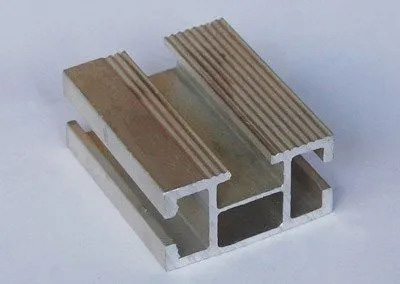
Disadvantages of Extruded Aluminum Profiles
- The product quality is uneven. Due to the uneven flow of metal during extrusion (especially serious in the case of unlubricated forward extrusion), the tissue properties between the surface layer and the center, head and tail of the extruded product are uneven.
- It cannot be produced quickly in a short period. Except for the continuous extrusion method developed in recent years, all conventional extrusion methods cannot achieve continuous production. Generally speaking, the extrusion speed is much lower than the rolling speed, the geometric waste loss of extrusion production is large, and the yield is low.
Advantages of Die Castings Aluminum Profiles
- Since the die casting aluminum adopts the die casting molding process of the abrasive tool, the die casting aluminium parts are accurate in size and smooth in surface; generally, they are used directly without machining. Or the processing volume is very small, which not only improves the utilization rate of metal but also reduces a lot of processing equipment and man-hours.
- Die-cast aluminum castings are cheap; a combination of die-cast aluminium and other metal or non-metal materials can be used. Save assembly time and metal.
- The production efficiency of die casting aluminum is high. For example, the domestic JIII3 horizontal cold air die casting aluminum machine can die-cast aluminium 600-700 times on average in 8 hours, and the small hot-chamber die casting aluminum machine can die-cast aluminum 3000-7000 times on average once every eight hours.
- Die casting aluminum molds have a long service life. The life of a pair of die casting aluminium molds and die-casting aluminum bell alloys can reach hundreds of thousands of times, even millions of times; it is easy to realize mechanization and automation.
- Die casting aluminum products have better quality and high dimensional accuracy of castings. Die casting aluminium has a good surface finish. The strength and hardness are higher, and the strength is generally 25~30% higher than that of sand casting, but the elongation is reduced by about 70%; the size is stable, and the interchangeability is good; it can die-cast aluminum thin-walled and complex castings.
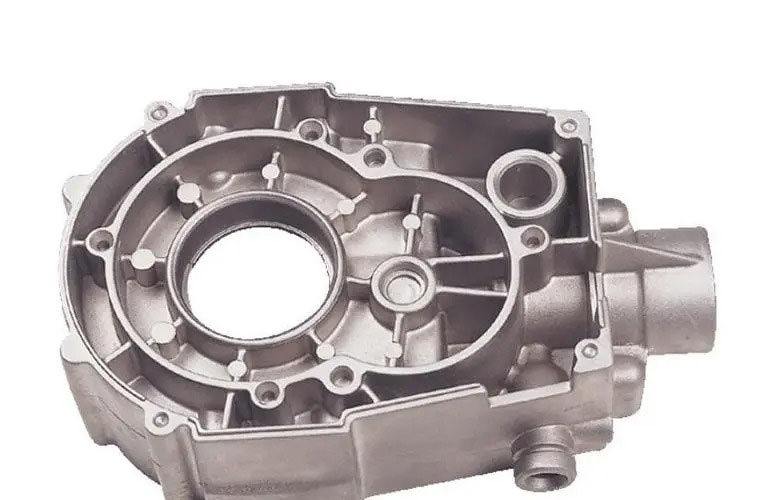
Disadvantages of Die Castings Aluminum Profiles
- Low hardness and poor wear resistance;
- The volume shrinkage during solidification is relatively large, about 6.6%;
- The coefficient of linear expansion is relatively high;
- It is easy to stick to the mold, and the iron content needs to be strictly controlled within the range of 0.8%-0.9%;
- Low melting point, limited use at high temperature.
Extruded Aluminum Profiles vs Die Casting Aluminum Profiles
Extruded aluminum profiles and die casting aluminum profiles are two different production methods of aluminium processing products. The difference lies in the different application scenarios they can serve.
The aluminum alloy die casting process has been widely used in various fields. Aluminum alloy die casting products are currently mainly used in auto parts, electronic casings, communications, motors, aviation, ships, home appliances, furniture accessories, digital casings, handicrafts, security product casings, and LED lighting (lampshades), and some new energy industries.
High quality aluminum alloy die casting products with high performance, high precision, and high toughness are also used in industries with relatively high requirements such as large aircraft and ships. The main use is still on the parts or casings of some instruments because the aluminium alloy forming process has become a widely used process.
Extruded aluminum profiles are mainly used to produce prototypes of aluminum products such as broken bridge aluminium doors and windows, electronic radiators, and curtain walls.

